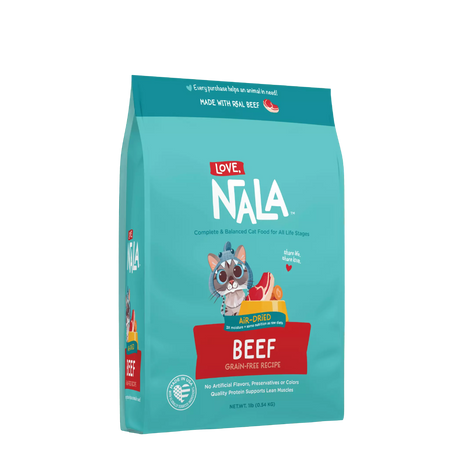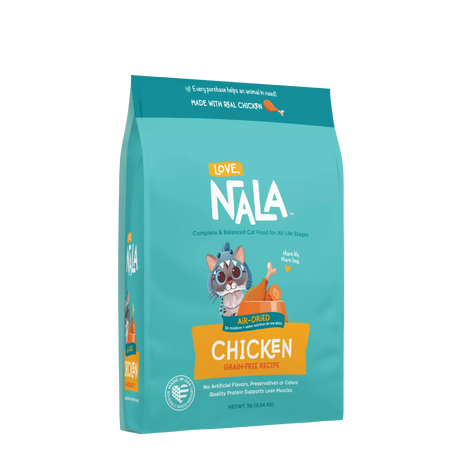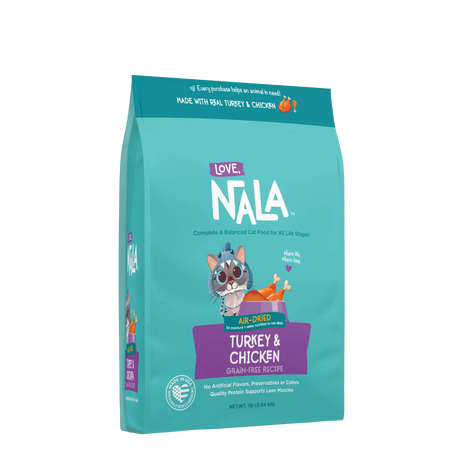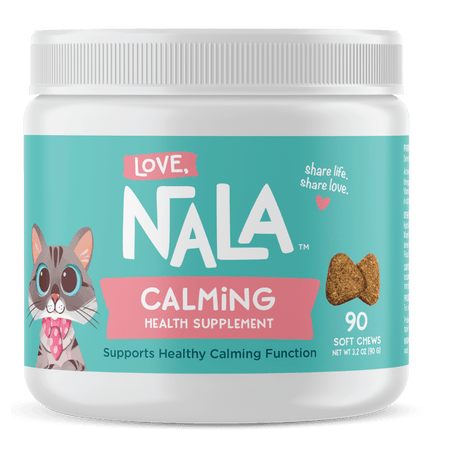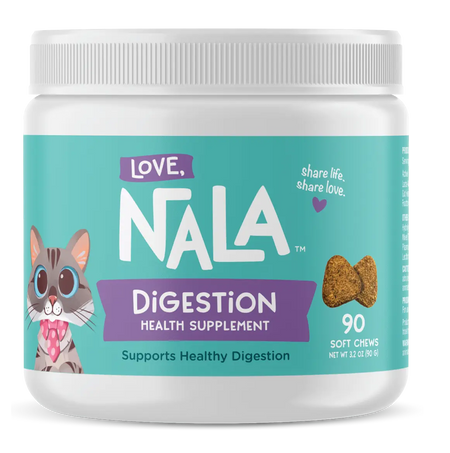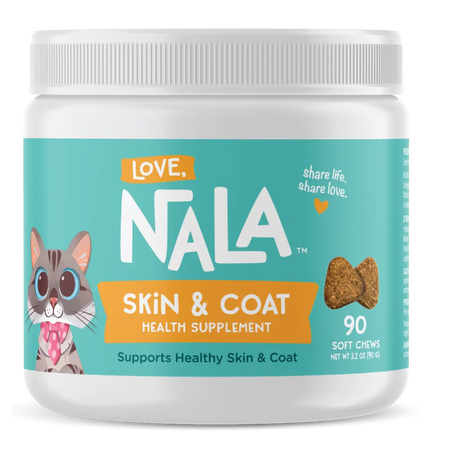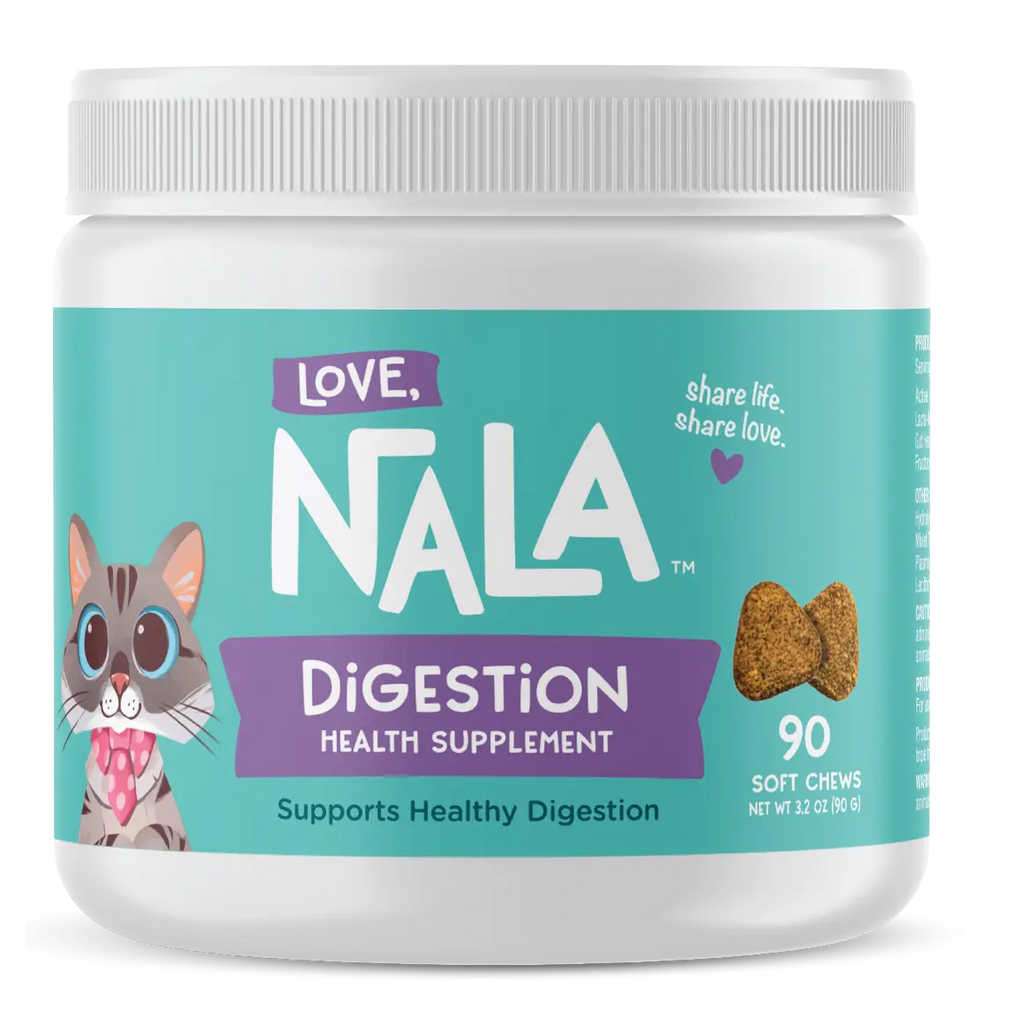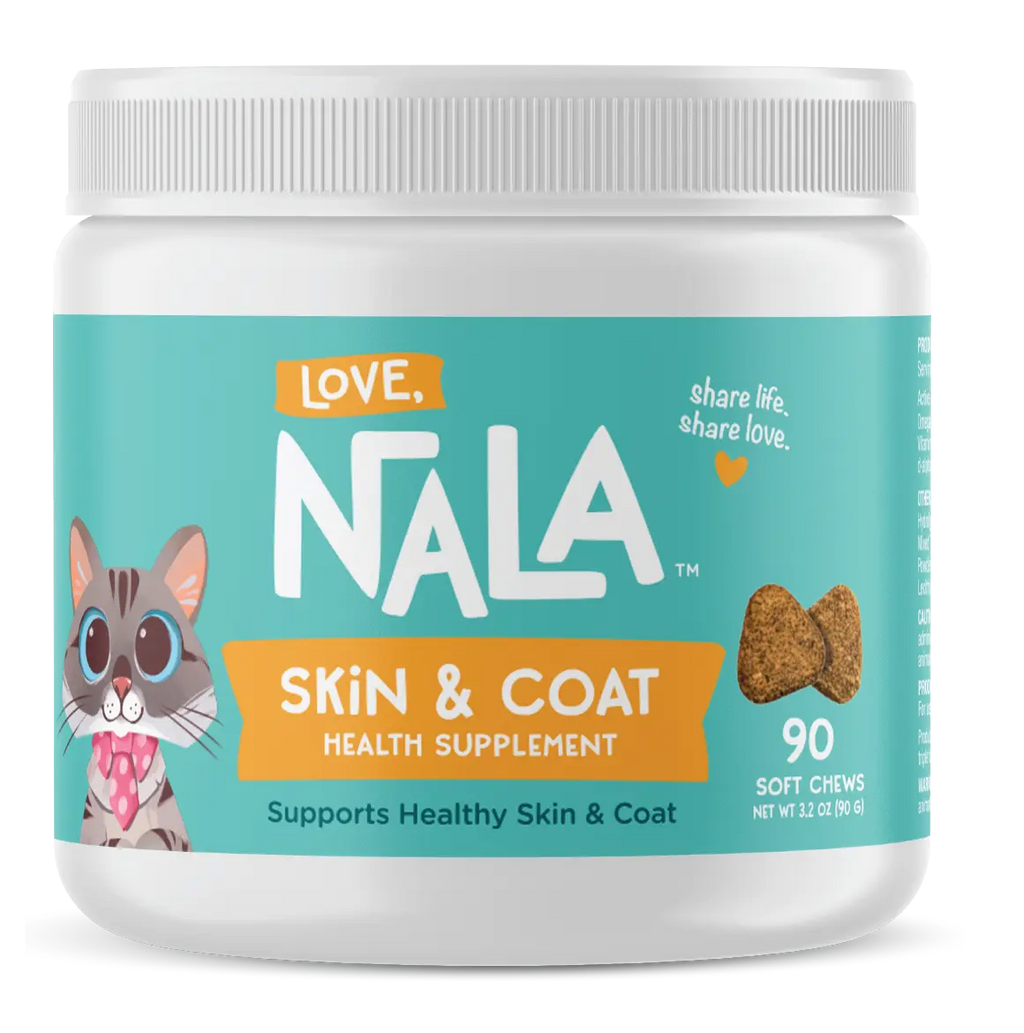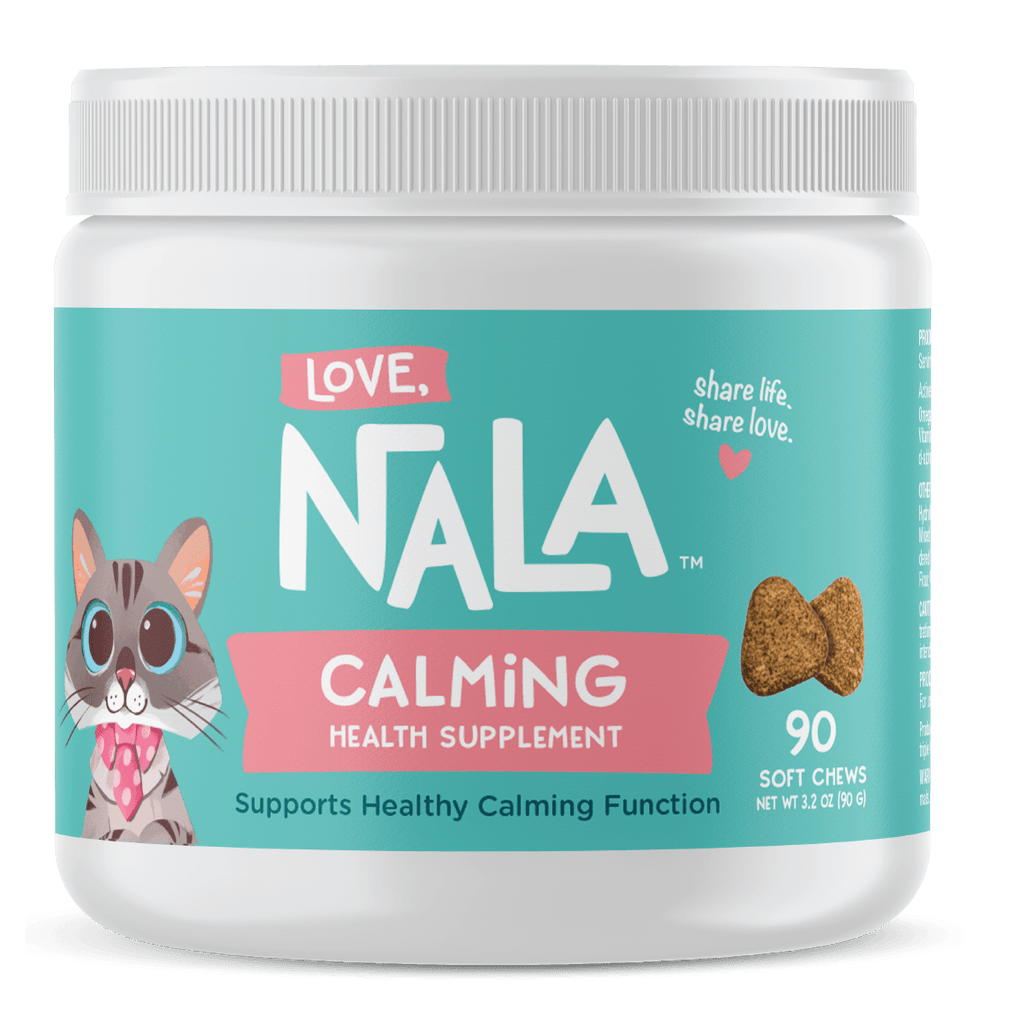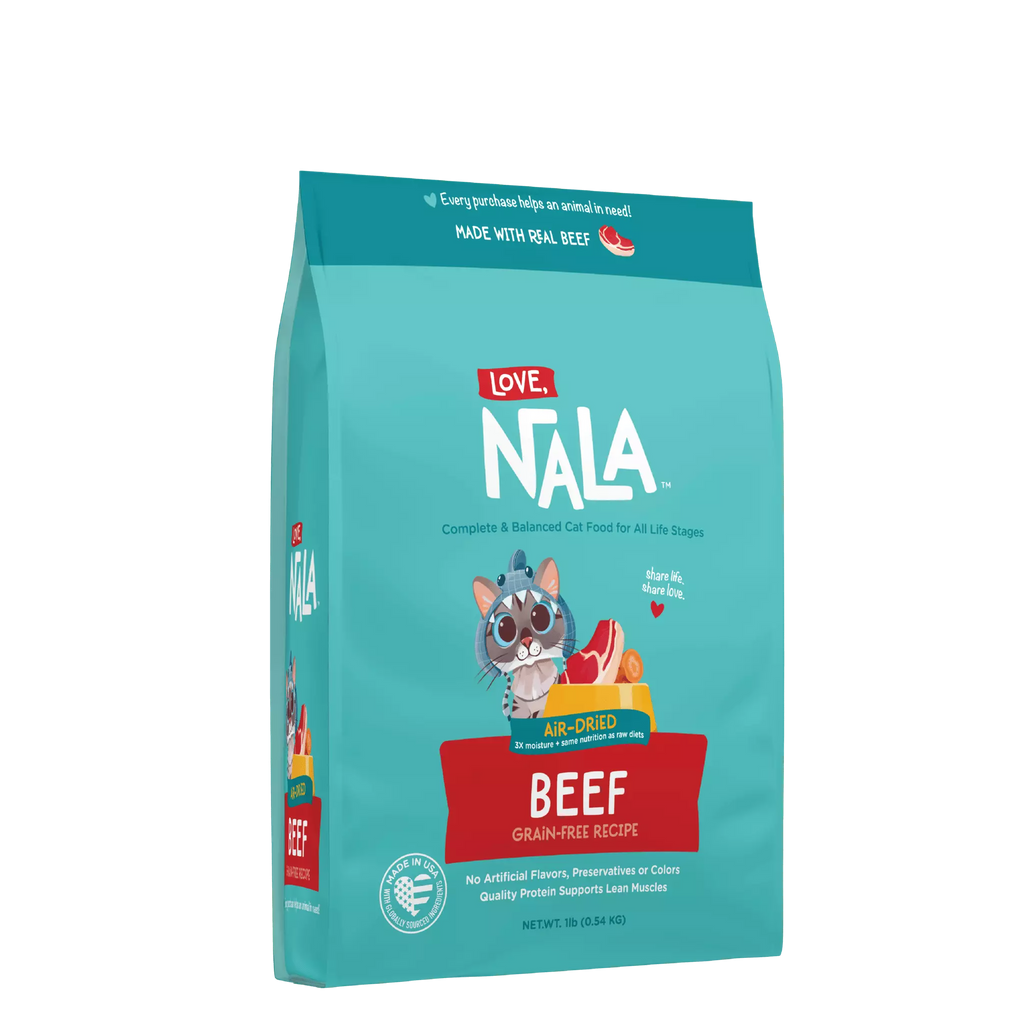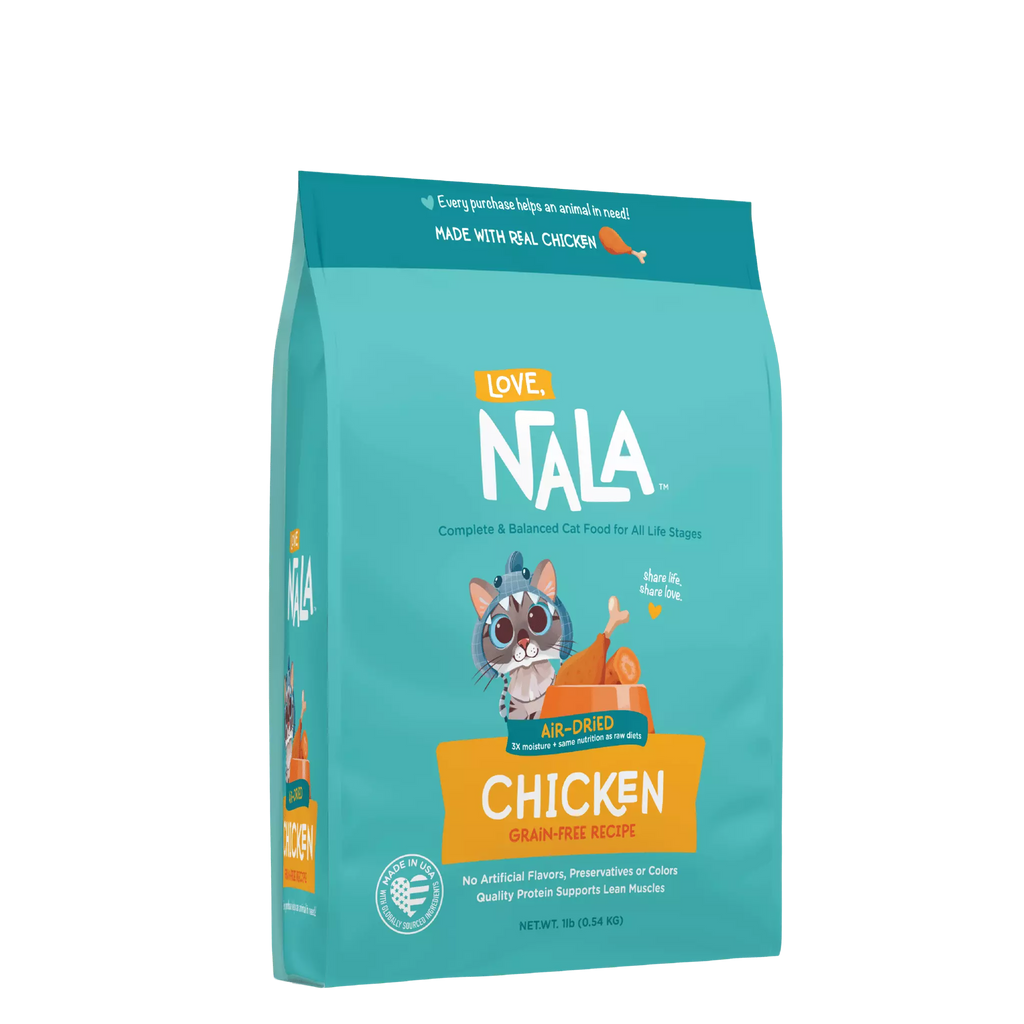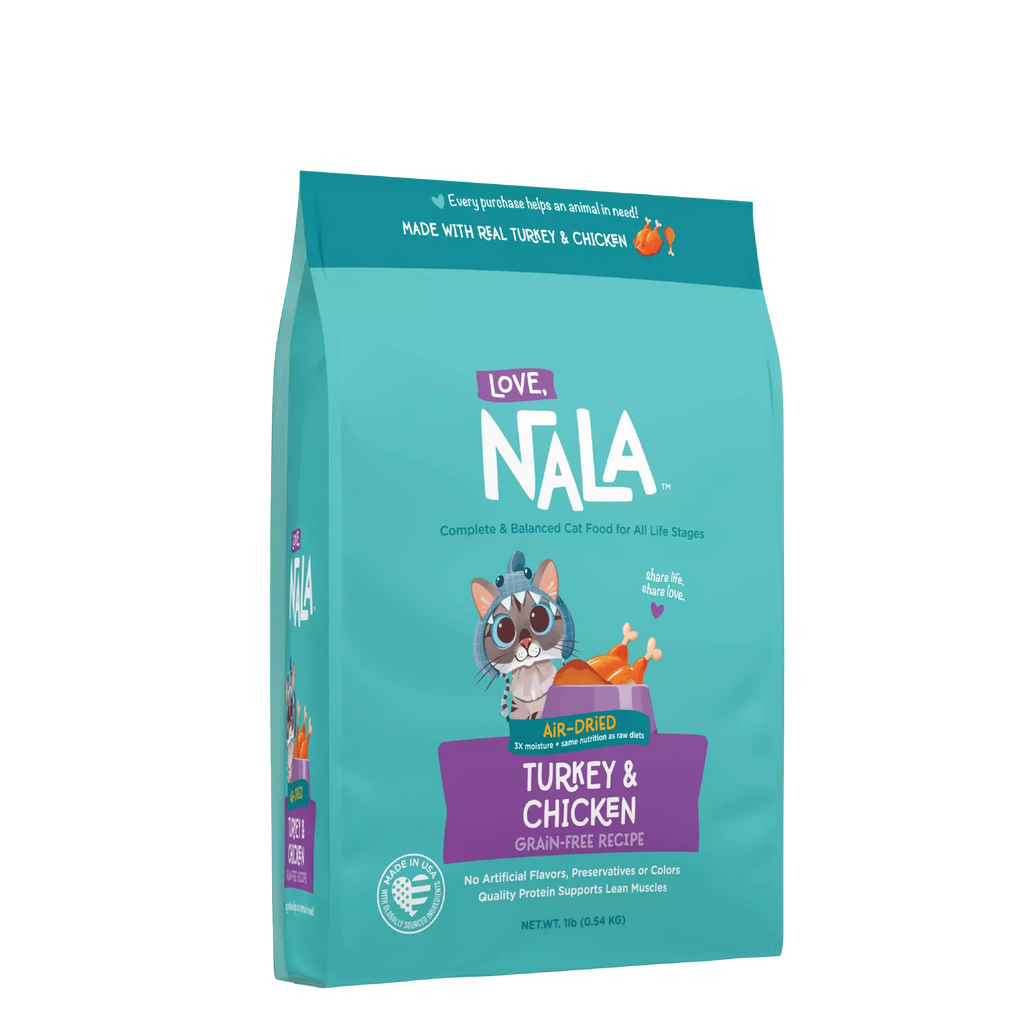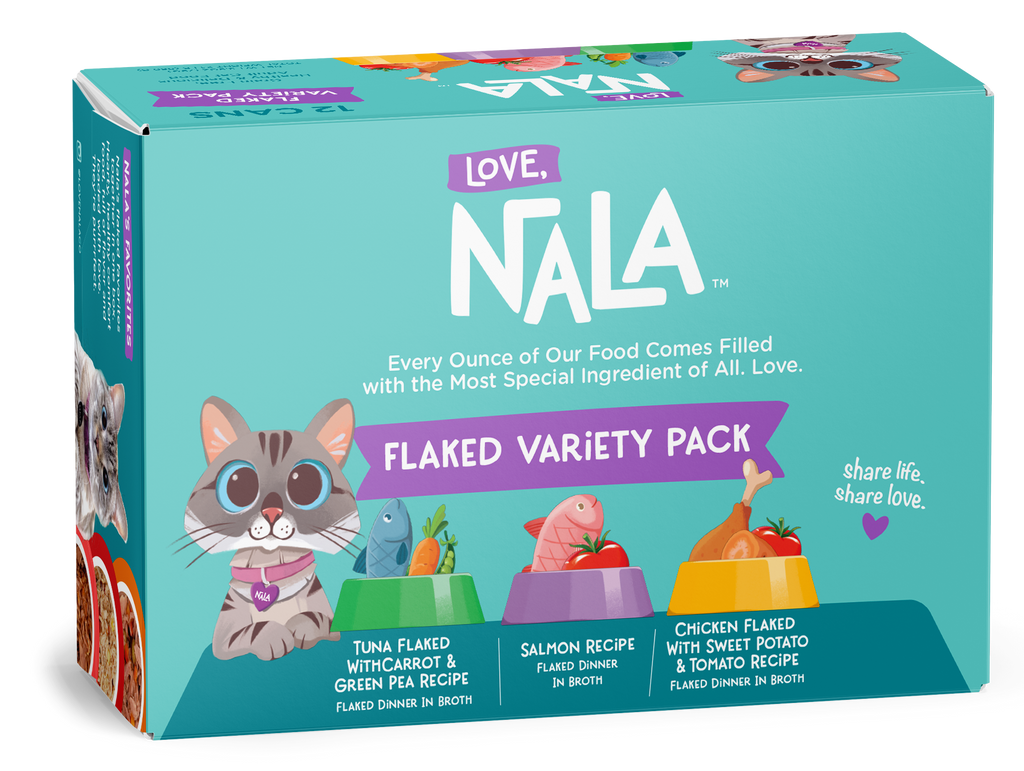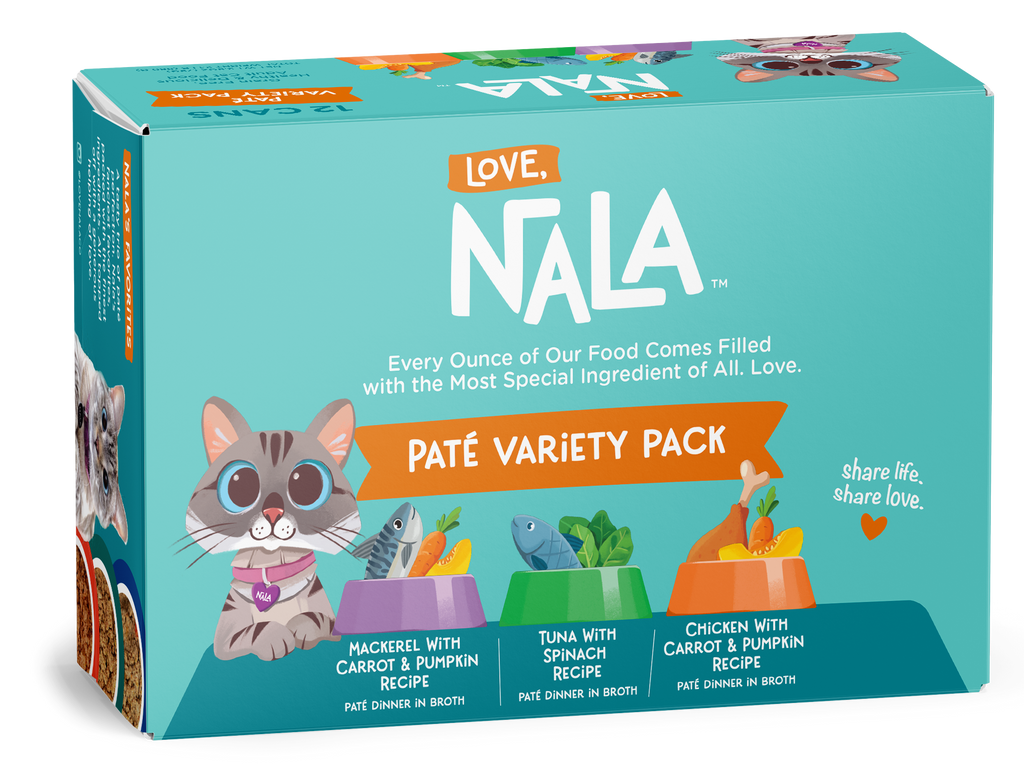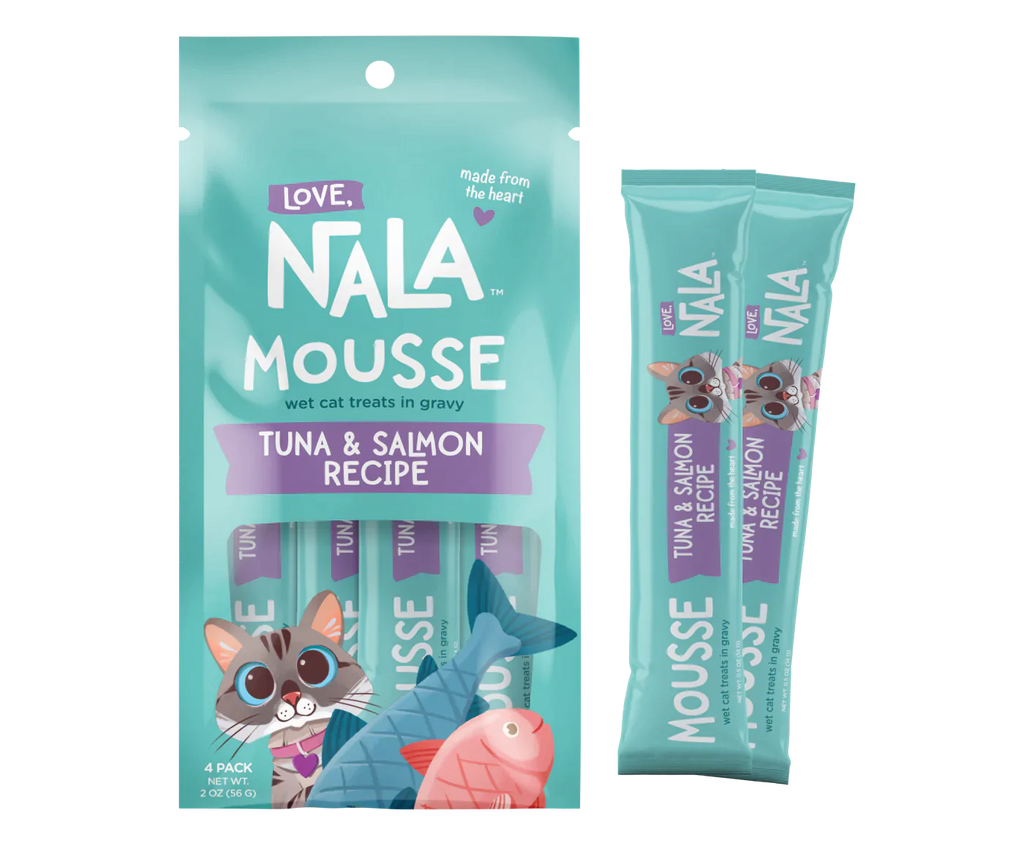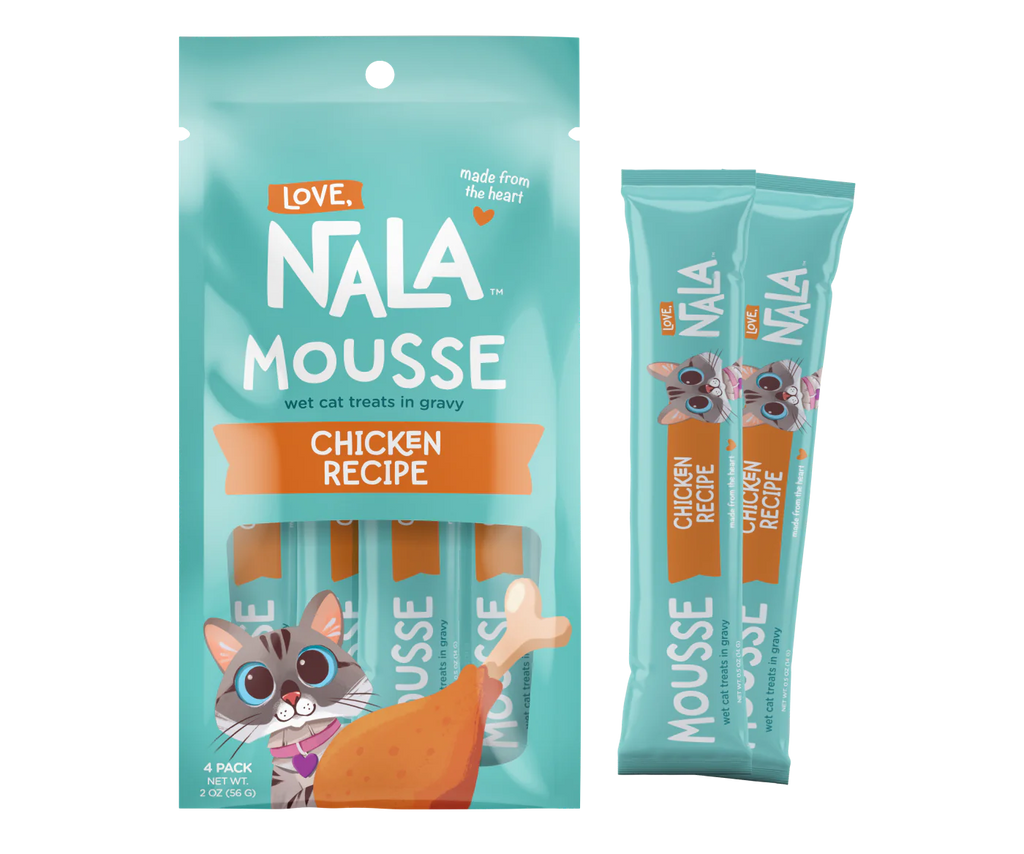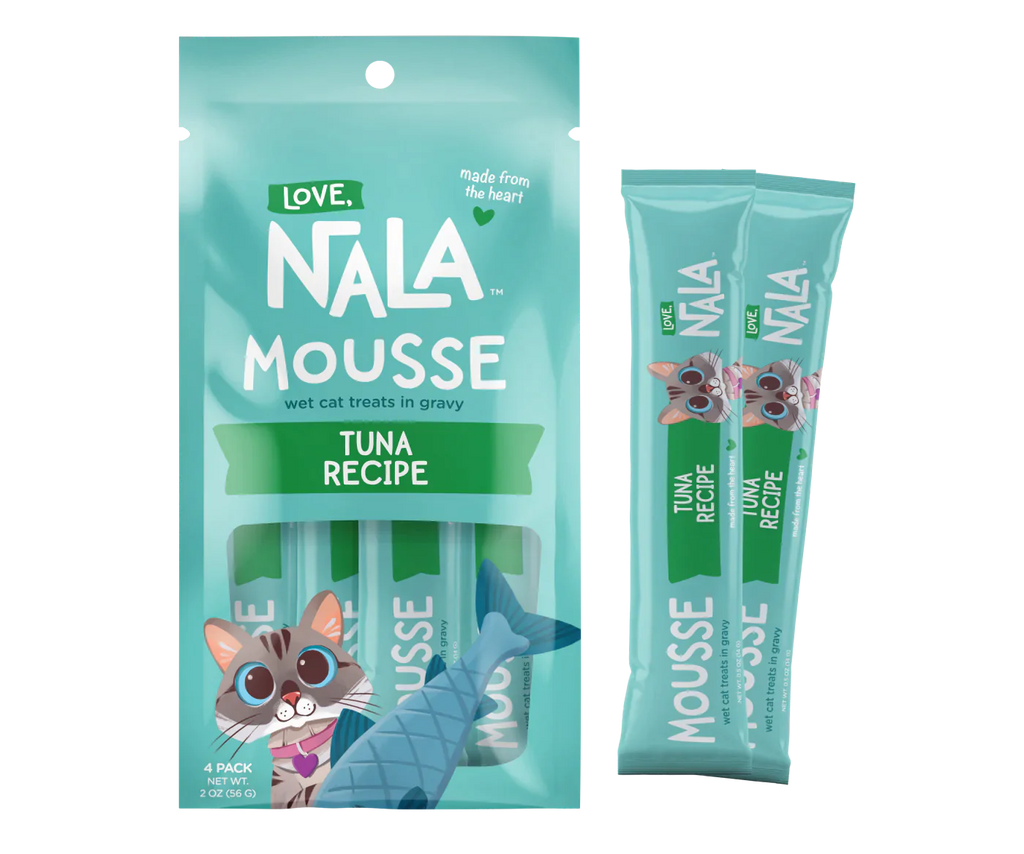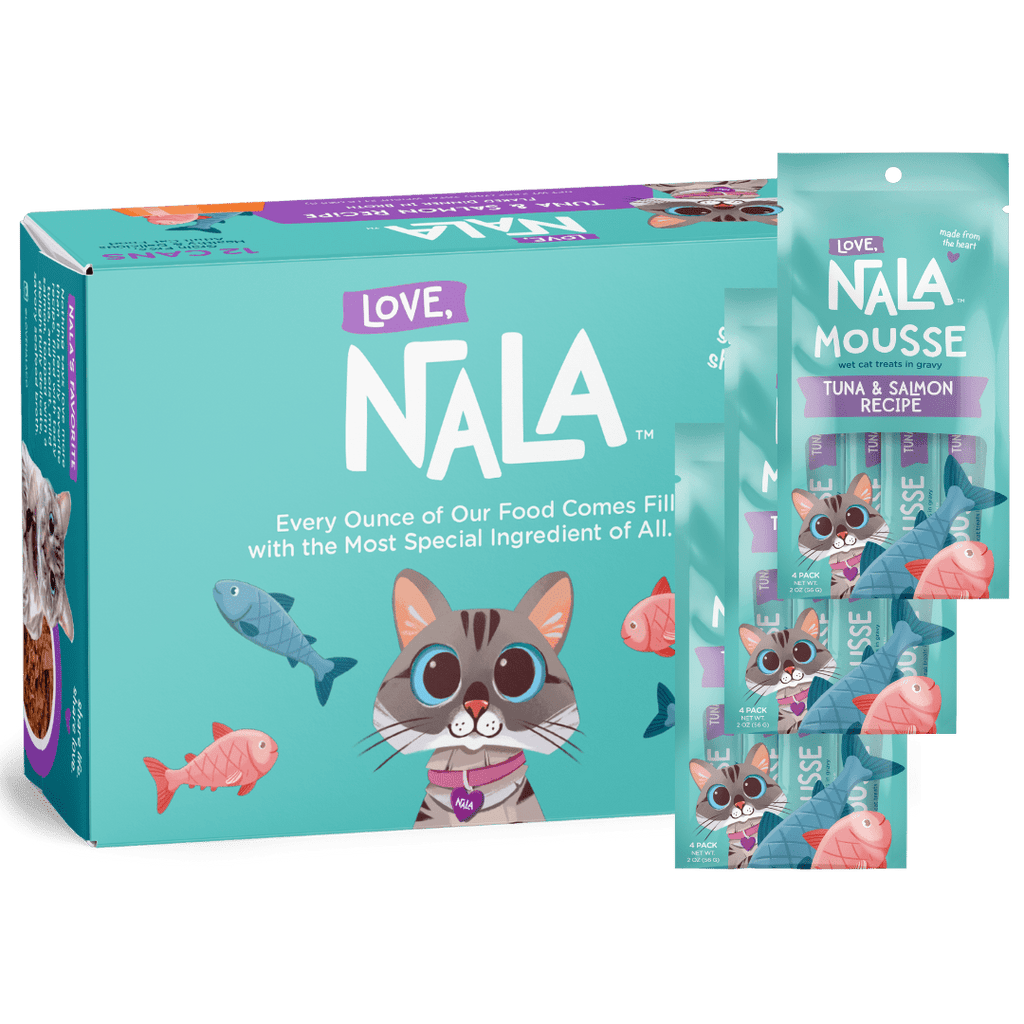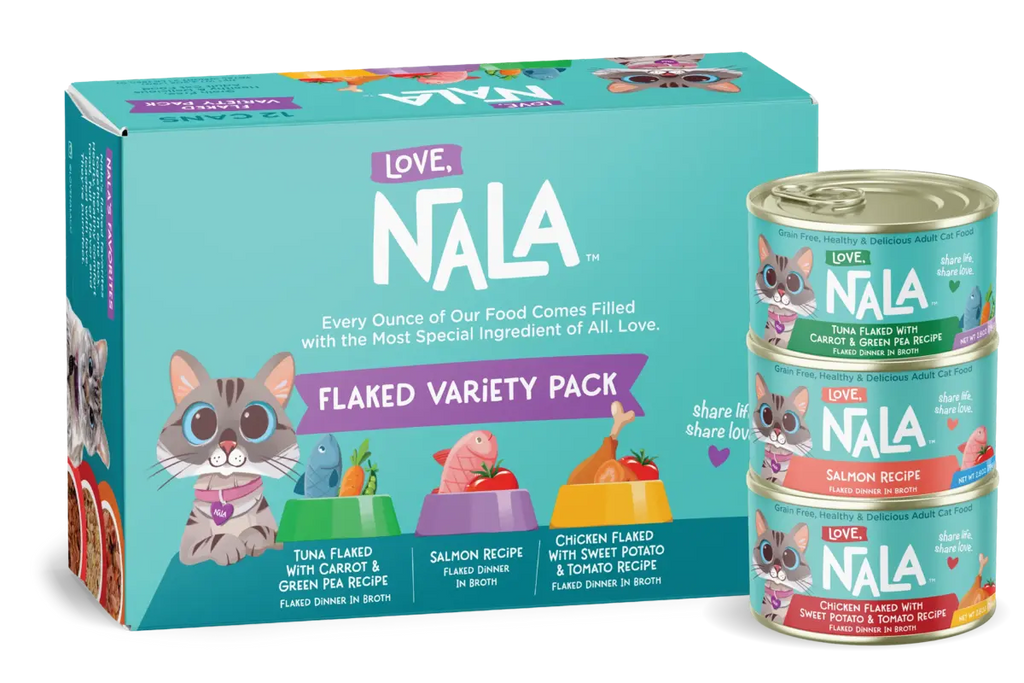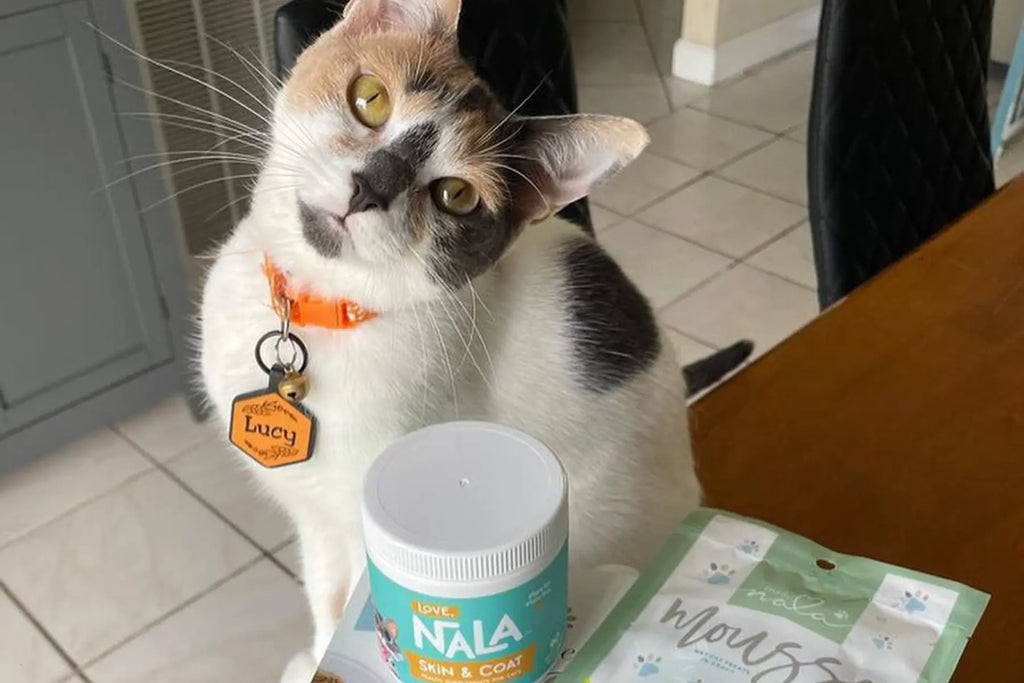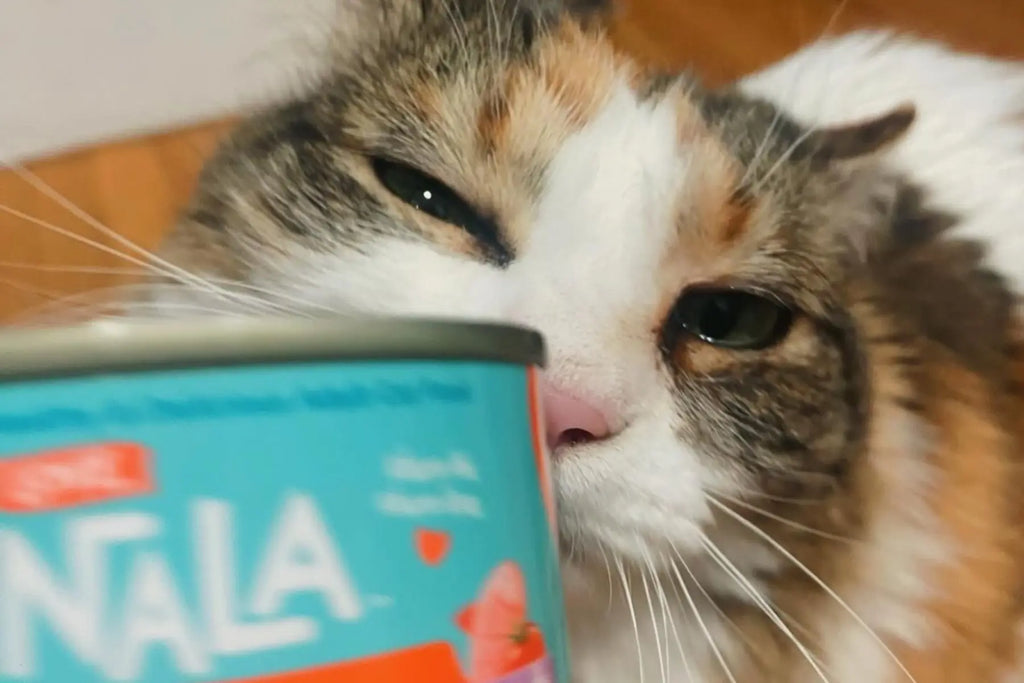Cats are not just pets; they're family members who deserve the best in nutrition and care. A significant aspect of their well-being revolves around what they eat, particularly when it comes to their digestive health. Hydrolyzed cat food has emerged as a game changer in this realm, offering benefits that go beyond the average cat diet. This blog post delves into the world of hydrolyzed cat food, exploring its role in promoting digestive health in felines. We'll uncover the science behind it, the different types available, and practical tips for incorporating it into your cat's diet. By understanding these aspects, cat owners can make informed decisions to enhance their furry friends' health and happiness.
The Science Behind Hydrolyzed Protein in Cat Food
The process of hydrolyzation in cat food is a fascinating blend of science and nutrition. It begins with the selection of high-quality protein sources, such as chicken, fish, or beef. These proteins are then exposed to water and enzymatic action, which breaks them down into smaller peptide chains. This breakdown is essential because it transforms large, complex proteins, which can be difficult for some cats to digest, into simpler forms. The result is a hydrolyzed protein cat food that is much easier on a cat's digestive system. This cat food offers several benefits:
- Enhanced Digestibility: The smaller protein fragments in hydrolyzed food are easier for cats to digest, reducing the strain on their digestive system.
- Lower Allergy Risk: Hydrolyzation reduces the potential for allergic reactions, as the immune system is less likely to recognize these smaller protein fragments as a threat.
- Improved Nutrient Absorption: With easier digestion comes better absorption of nutrients, vital for a cat's overall health and energy levels.
- Reduced Gastrointestinal Symptoms: Cats consuming hydrolyzed diets often experience fewer symptoms like diarrhea, vomiting, and gas.
- Support for Chronic Conditions: Cats with chronic digestive issues or diseases such as Inflammatory Bowel Disease (IBD) can benefit significantly from the gentle nature of this type of proteins.
Cats with sensitive stomachs often struggle with conventional diets, leading to various symptoms and a general lack of appetite. Hydrolyzed dry cat food and wet varieties provide a solution to these challenges.
Food allergies in cats can be tricky to manage. The usual culprits are specific proteins in their diet that trigger allergic reactions. These reactions can range from skin irritations to gastrointestinal distress. Hydrolyzed protein for cats presents a novel solution to this problem. By breaking down the proteins to a molecular size that the immune system doesn't recognize as an allergen, these foods can significantly reduce or even eliminate allergic reactions. This makes hydrolyzed protein a lifesaver for cats with food allergies, as it allows them to enjoy a protein-rich diet without the associated risks.
Hydrolyzed Wet Cat Food: A Closer Look
Hydrolyzed wet cat food stands out for its high moisture content, which is crucial for feline health. Cats, by nature, have a low thirst drive and often don't drink enough water, making them prone to dehydration and urinary tract issues. The additional moisture in wet hydrolyzed protein cat food helps to counteract this, providing essential hydration with every meal. This hydration is beneficial for maintaining kidney function and overall urinary health. Moreover, the moist texture of this food type is often more appealing to cats, encouraging better appetite and food intake, especially important for finicky eaters or older cats with decreased appetite.
Kidneys play a pivotal role in a cat's health, and maintaining their function is essential. Hydrolyzed wet cat food offers an advantage in this regard. The increased moisture content in wet food helps to flush toxins more effectively through the kidneys, reducing the risk of kidney stones and other renal complications. This is particularly important for cats with existing kidney issues, as their kidneys need to work less to eliminate waste, therefore reducing the strain on these vital organs.
The taste and texture of hydrolyzed protein cat food, especially the wet variety, are factors that significantly influence a cat's acceptance of the food. Cats are known for their particular eating habits and preferences. The soft, moist texture of wet food can be more appealing to many cats, mimicking the consistency of their natural prey. This can be particularly beneficial for cats that are picky eaters or have dental issues that make chewing dry food difficult.
When selecting the best hydrolyzed wet cat food, there are several factors to consider. First, look for products that list hydrolyzed proteins as the primary ingredient. This ensures that your cat is getting the key benefit of this food – the easily digestible protein. It's also important to check for a balanced nutrient profile, including essential vitamins, minerals, and amino acids. Look for brands that have undergone feeding trials and have been formulated under veterinary guidance. Additionally, consider your cat’s specific needs, such as age, activity level, and any health concerns like allergies or kidney issues. Finally, observe your cat's reaction to the food in terms of both appetite and physical health, as this will be the ultimate test of whether a particular brand is the right fit for your pet.
Exploring Hydrolyzed Dry Cat Food Options
The appeal of hydrolyzed dry cat food lies not only in its health benefits but also in its convenience and longevity. Dry food is beneficial for free-feeding strategies, as it doesn't spoil quickly when left out during the day. This is especially useful for cat owners who are away from home for extended periods. Below are the key advantages of choosing this dry cat food:
- Extended Shelf Life: Dry food remains fresh for longer periods, reducing waste and frequent shopping trips.
- Ease of Storage: It can be conveniently stored in a cupboard or pantry without the need for refrigeration.
- Cost-Effectiveness: Buying in bulk can be more budget-friendly, offering long-term savings.
- Portion Control: Measuring out precise portions is straightforward, aiding in maintaining a healthy weight for your cat.
- Dental Benefits: The crunchy texture of dry kibble can help reduce plaque and tartar build-up on teeth.
While both wet and dry hydrolyzed foods offer the core benefit of easily digestible proteins, their nutritional profiles differ slightly. Wet food generally has higher moisture content, which is beneficial for hydration, while dry food typically contains more calories and nutrients per serving due to its lower water content. This means that dry food can be more energy-dense, making it a suitable option for active cats or those needing to gain weight. However, for cats prone to obesity or less active, portion control and monitoring are crucial to avoid overfeeding. The key is to balance the benefits of both types and choose based on your cat’s individual health needs and lifestyle.
Introducing dry hydrolyzed cat food into your pet's diet should be done gradually, especially if they are accustomed to wet food. Start by mixing a small amount of dry food with their regular wet food, gradually increasing the proportion over a week or two. This slow transition helps prevent digestive upset and allows your cat to adjust to the new texture and flavor. Also, ensure fresh water is always available, as dry food has less moisture content. As always, monitoring your cat’s reaction to the new diet, both in terms of appetite and digestive response, is crucial for a successful transition.
Holistic Approach to Feline Digestive Health
A holistic approach to maintaining a cat's digestive health extends beyond choosing the right food. It involves understanding and providing a balanced diet that caters to all of their nutritional needs. This includes a proper mix of proteins, fats, carbohydrates, vitamins, and minerals. The goal is to support overall health, including digestive, immune, and organ function, which collectively contribute to a cat’s vitality and well-being. In addition to hydrolyzed protein diets, other foods improve cat digestive health. These include:
- Probiotics: Often found in yogurt or specially formulated supplements, probiotics can help maintain a healthy gut flora.
- Fiber-rich Foods: Certain high-fiber foods can aid in digestion and prevent issues like constipation and diarrhea.
- Omega-3 Fatty Acids: Found in fish oil, these fatty acids can help reduce inflammation in the digestive tract.
Recognizing the signs of digestive issues is crucial for the timely and effective treatment of these problems. Signs might include lethargy, weight loss, or changes in coat condition. If you notice any of these symptoms, it’s important to consult a veterinarian. Early detection and intervention can prevent more serious complications and ensure your cat maintains good digestive health.
Consulting Veterinarians and Making Diet Changes
Veterinarians can provide valuable insights based on your cat’s specific health needs and medical history. They can also recommend appropriate diagnostic tests to rule out any underlying health conditions. This professional guidance is particularly important for cats with existing health issues, as dietary changes can significantly impact their overall well-being.
Every cat is unique, and so are their dietary needs. A veterinarian can help tailor a diet plan that caters specifically to your cat’s individual requirements. Personalizing your cat’s diet ensures that they receive the right balance of nutrients, which is essential for their long-term health and vitality.
A sudden change in diet can cause gastrointestinal upset in cats. Start by mixing a small amount of the hydrolyzed food with their current food, and gradually increase the proportion over several days to a week. This gradual transition allows your cat's digestive system to adjust to the new food.
Look for improvements in symptoms of digestive discomfort, allergic reactions, or overall health. If you observe positive changes, it’s a good indication that the diet is suitable for your cat. However, if there are no improvements or if new issues arise, it may be necessary to reevaluate the diet with your veterinarian. Regular check-ups can help assess the long-term impact of the dietary change and make any necessary adjustments to ensure your cat’s ongoing health and well-being.
The journey to optimal feline health doesn't end with choosing the right food; it requires ongoing care and attention. Regular consultations with a veterinarian, careful observation of your cat's health, and a willingness to adjust their diet as needed are all crucial aspects of responsible cat ownership. Remember, each cat is unique, and what works for one may not work for another. Staying attentive to your cat's reactions to their diet, maintaining a balanced nutritional profile, and being proactive about their health is key to ensuring they thrive. A well-considered approach to diet can make a significant difference in your cat’s quality of life, making it an investment worth making.
